How Much Will Dyeing My Hair Blonde Cost?
If you’re thinking about going blonde, you’re not alone. Every day in Houston salons, people walk in asking the same thing: how much will this actually cost? The answer isn’t simple. You might see ads for $50 blonde services, then walk into a salon and get quoted $350. What’s the difference? And why does it matter?
The truth is, dyeing your hair blonde isn’t just about applying color. It’s a multi-step chemical process that lifts your natural pigment - sometimes by several levels - and then deposits the right tone to avoid orange, brassy, or muddy results. If you’ve got dark hair, this isn’t a one-and-done job. It’s a journey, and the price reflects that.
What You’re Really Paying For
When you pay for a blonde service, you’re not just paying for the product. You’re paying for time, skill, and damage control.
On average, a full blonde transformation in the U.S. costs around $139 per session, according to StyleSeat’s 2023 data. But that’s the baseline. If your hair is dark - think level 4 or lower on the Wella color chart (medium brown or darker) - you’re looking at $200 to $300 for the first session. Why? Because dark hair needs more bleach, more time, and more care to avoid turning orange or breaking off.
Here’s what’s happening behind the chair:
- Bleaching: Your natural pigment is lifted using a powder bleach mixed with developer. This step can take 45-90 minutes, depending on your starting color and hair thickness.
- Toning: After bleach, your hair is likely yellow or orange. A toner - usually a purple or ash-based dye - is applied to neutralize those tones and give you the cool, icy, or golden shade you want.
- Bond-building: Most reputable salons now include treatments like Olaplex or K18. These rebuild broken hair bonds during the lightening process. Adding this step increases the cost by $25-$40, but it’s the difference between healthy blonde hair and brittle, straw-like strands.
That $70 blonde special you saw online? It’s likely just a partial highlight or a quick toner on already light hair. If your hair is dark and you get that service, you’ll walk out with patchy, brassy results - and end up paying more later to fix it.
Price Breakdown by Hair Type and Length
Not all hair is created equal. Your hair’s natural color, length, thickness, and condition all affect the price.
| Hair Type | Estimated Cost Range | Why It Costs More |
|---|---|---|
| Dark Brown to Black (Level 1-4) | $250-$400 | Requires double-process: bleach + toner. May need 2+ sessions. More product and time. |
| Medium Brown (Level 5-6) | $180-$280 | Usually one bleach session, but still needs toning and bond repair. |
| Light Brown to Blonde (Level 7-8) | $120-$200 | Minimal lifting needed. Mostly toning and glossing. |
| Short Hair (Chin-length or shorter) | $100-$180 | Less product used. Faster application. |
| Long Hair (Shoulder-length or longer) | $200-$350 | More bleach and toner needed. Takes longer to process evenly. |
| Thick or Dense Hair | +20-30% to base price | Requires more product and extended processing time. |
For example, a client in Houston with shoulder-length, dark brown hair paid $285 for her first blonde service - including Olaplex, toning, and a deep conditioning treatment. That’s not unusual. If her hair was fine and medium brown, she might’ve paid $190. The difference? Hair density and starting color.
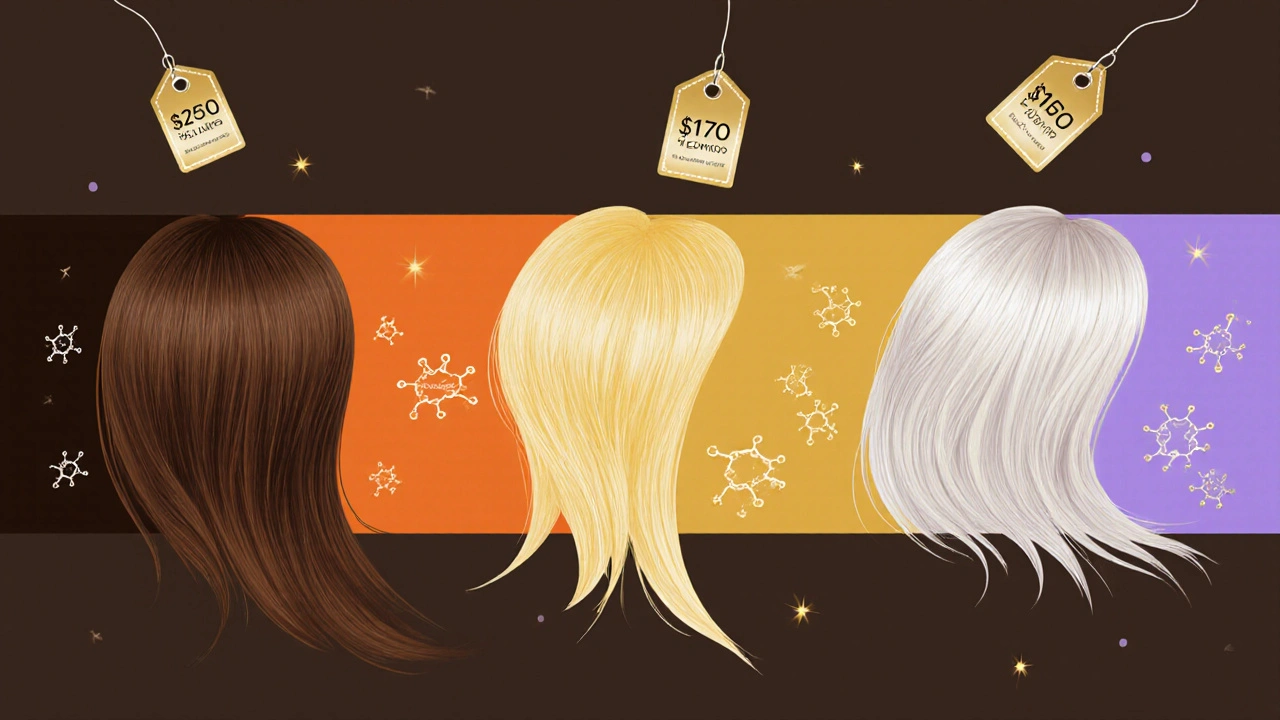
Regional Price Differences
Where you live matters. In Texas, the average cost for a full blonde is $176. In Florida, it’s $70. Why the gap?
It’s not just rent and overhead. It’s certification. In Washington state, 63% of colorists are Goldwell or L’Oréal Professionnel certified. In Florida, only 22% are. Certified colorists know how to lift pigment without frying your hair. They use higher-quality products, follow multi-step protocols, and know how to correct mistakes.
Salons in high-cost cities like New York or Los Angeles charge more - but they also deliver better results. A $300 service in LA isn’t just expensive. It’s an investment in longevity. A $90 service in Miami might look good for a week - then turn orange and fade fast.
Why You Might Need Multiple Sessions
Most people think going blonde is a one-time visit. It’s not.
According to Salon Today’s 2023 report, 92% of dark-haired clients need 2-4 sessions to reach their desired blonde. Why? Because you can’t lift dark hair to platinum in one sitting without severe damage. Each session lifts 2-3 levels. Waiting 2-3 weeks between sessions lets your hair recover, so the next lift is safer.
That means:
- Session 1: Bleach to lift to yellow/orange
- Session 2: Toning to neutralize brassiness
- Session 3: Refining tone (e.g., from yellow to beige)
- Session 4: Final polish and gloss
Each follow-up session costs 60-75% of the original price. So if your first session was $280, your second might be $170-$210. Budget for that.
Prep and Maintenance Costs
Going blonde isn’t just about the salon visit. It’s about what you do before and after.
Before: Most colorists recommend 4-6 weeks of pre-treatment with protein masks and moisture treatments. This strengthens your hair so it can handle bleach. These products cost $35-$60 if you buy them yourself - or your salon might include them in a prep package.
After: Blonde hair fades fast. You’ll need:
- Purple shampoo: Use weekly to fight brassiness. Costs $12-$28 per bottle (lasts 4-6 weeks).
- Bond-building treatments: Use every 2 weeks. Salon versions cost $15-$30 per treatment. At-home versions (like Olaplex No. 3) run $25-$35.
- Touch-ups: Every 6-8 weeks. Expect to pay 40-60% of your original cost - so $100-$180 if your first service was $250.
That’s $50-$100 per month in maintenance. If you skip this, your blonde turns brassy, dull, or patchy - and you’ll end up spending more to fix it.
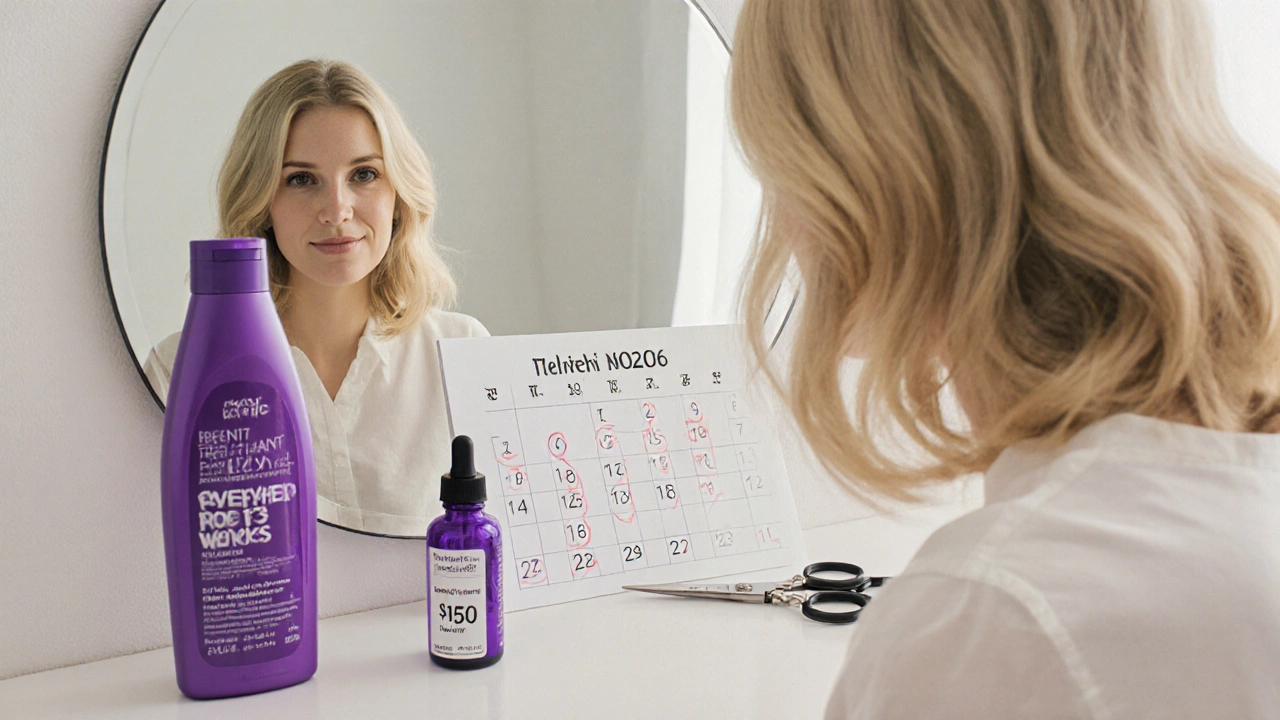
What to Watch Out For
Not all salons are honest about what’s included. Here are common traps:
- “Blonde” = Highlights Only: Some salons charge $100 for “blonde” but only do a few face-framing highlights. You’ll still have dark roots. Ask: “Is this an all-over color or just highlights?”
- No Bond Repair: If they don’t mention Olaplex, K18, or bond repair, they’re cutting corners. Your hair will break.
- “Express” Blonde Under $100: These exist - but they’re for people with already light hair. If you’re dark, don’t fall for it. You’ll regret it.
- Hidden Fees: Some salons charge extra for toner, product, or processing time. Always ask for a full breakdown before you sit in the chair.
One Reddit user, u/HairTraumaSurvivor, shared: “Paid $100 for ‘blonde’ - got yellow streaks. Had to pay $275 to fix it.” That’s $375 total for what should’ve been one good service.
Is It Worth It?
Yes - if you do it right.
The average cost of a color correction is $227. That’s more than most initial blonde services. People who try to save money upfront often end up paying double.
Investing in a skilled colorist, bond-building treatments, and proper maintenance means your hair stays healthy, your color lasts longer, and you avoid the dreaded “blonde disaster.”
Think of it like buying a car. A $10,000 car might get you from point A to B - but it’ll break down often. A $30,000 car with full maintenance? It lasts years. Same with blonde hair.
What to Do Next
If you’re serious about going blonde:
- Book a consultation - not a color appointment. A good colorist will examine your hair, ask about your history, and show you swatches.
- Ask: “Do you use bond repair? Is it included?”
- Ask: “How many sessions will this take?”
- Ask: “What’s the maintenance plan?”
- Don’t rush. If they say you can go platinum in one day - walk out.
Blonde hair isn’t cheap. But when done right, it’s worth every penny. Your hair will thank you - and so will your confidence.
How much does it cost to go blonde from black hair?
Going from black hair to blonde typically costs between $250 and $400 for the first session, and you’ll likely need 2-4 visits spaced 2-3 weeks apart. Each session includes bleach, toning, and bond repair. The high cost comes from the time, product volume, and skill needed to lift dark pigment safely without severe damage.
Can I go blonde at home for less money?
You can buy bleach and toner for under $50, but the risk is extremely high. At-home kits can’t match professional precision. You’ll likely end up with patchy, orange, or broken hair - and a correction will cost $200-$300 more than a salon service would’ve. Most colorists say 83% of corrections come from DIY attempts.
Why do some salons charge $70 and others charge $300?
It’s about skill, time, and product quality. A $70 service might be a quick bleach on already light hair, or it might skip bond repair and use low-quality products. A $300 service includes 2+ hours of work, certified colorist expertise, high-end bleach, toner, bond repair, and aftercare advice. You’re paying for results that last - not just a temporary fix.
Do I need to use purple shampoo after going blonde?
Yes. Blonde hair oxidizes and turns brassy within days without a toning shampoo. Purple shampoo neutralizes yellow and orange tones. Use it once a week, and always follow with a moisturizing conditioner. Skipping it means you’ll need more frequent salon touch-ups - which costs more over time.
How often do I need touch-ups for blonde hair?
Every 6-8 weeks. That’s when your roots grow out and your color fades. Touch-ups cost 40-60% of your original service - so if your first session was $250, expect $100-$150 for each maintenance visit. Skipping touch-ups leads to uneven color and more expensive corrections later.
Is platinum blonde more expensive than regular blonde?
Yes. Platinum blonde requires multiple bleach sessions, extra toning to cancel out yellow, and intensive bond repair. Prices range from $150 to $400, depending on hair length and starting color. Longer, thicker hair can push costs to $500+ if done correctly. It’s the most demanding blonde shade - and the most expensive to maintain.

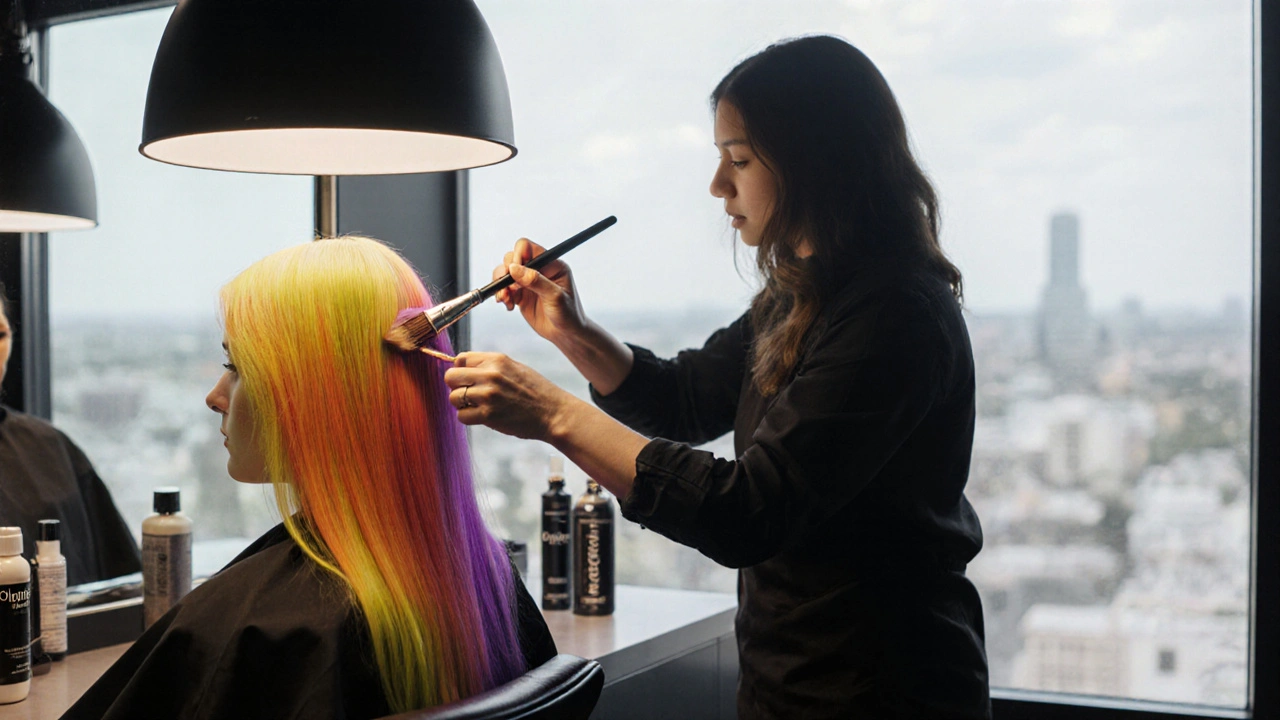
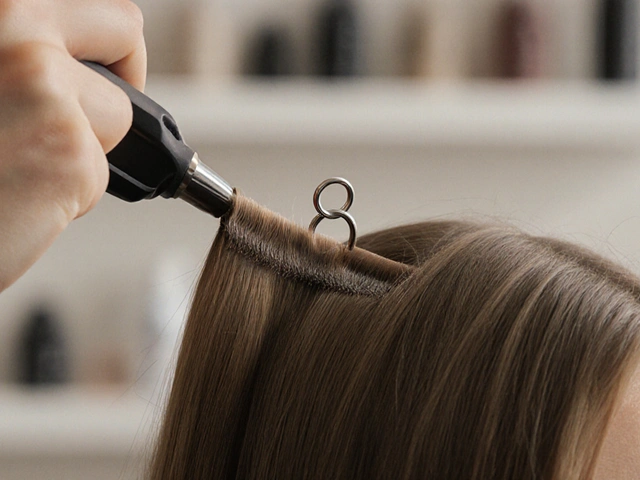
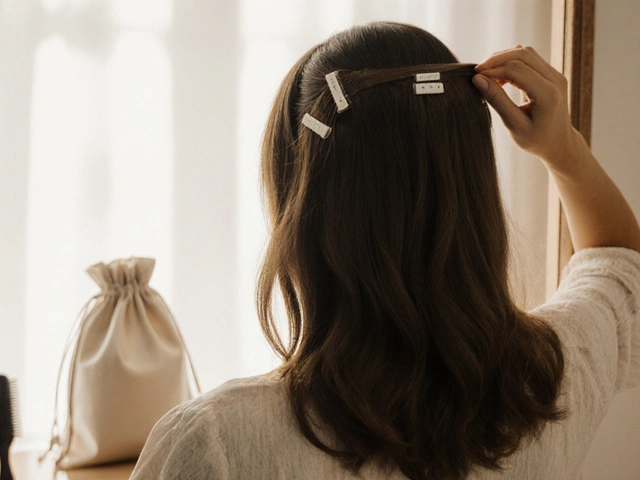
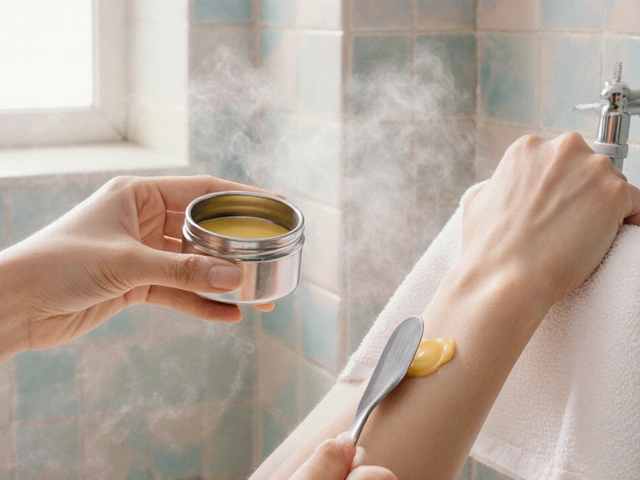
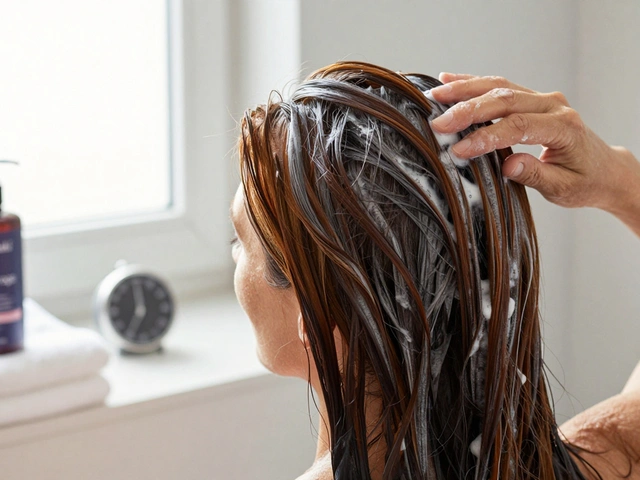
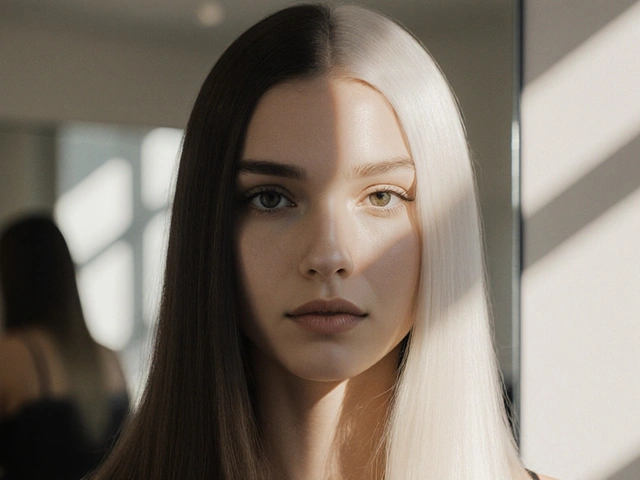
Vishal Gaur
October 29, 2025 AT 03:08pk Pk
October 29, 2025 AT 11:20NIKHIL TRIPATHI
October 29, 2025 AT 19:51Shivani Vaidya
October 30, 2025 AT 11:32Rubina Jadhav
October 30, 2025 AT 14:52sumraa hussain
October 30, 2025 AT 18:39Aditya Singh Bisht
October 30, 2025 AT 20:00Agni Saucedo Medel
November 1, 2025 AT 05:24Vimal Kumar
November 2, 2025 AT 23:03Amit Umarani
November 3, 2025 AT 11:10Noel Dhiraj
November 4, 2025 AT 05:05Priti Yadav
November 5, 2025 AT 09:15Ajit Kumar
November 6, 2025 AT 22:57Diwakar Pandey
November 8, 2025 AT 05:34